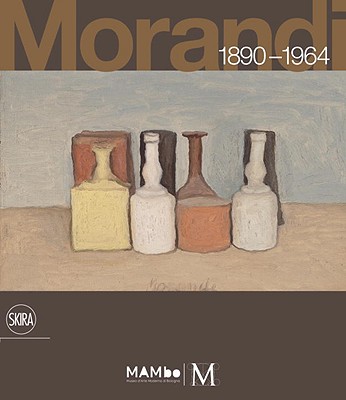
description
4The piano music of Maurice Ravel is among the most thrilling, the most colorful, and, for pianists, the most challenging of the repertoire. This book is about how performers and listeners can discover it and relate to it - how it sounds and feels under the fingers and within the receptive imagination. But to write about those experiences, to explore the background, influences, and impulses behind Ravel's music, is to be engaged in a form of biography. Discovering the delicate melancholy of the Pavane and the Sonatine, the astounding virtuosity of Gaspard de la nuit, and the exotic tone painting of Miroirs (Reflections) leads to the question "Who was the extraordinary person who created this?" Here are indispensable insights into the literary origins of Gaspard de la nuit, the derivation of the water imagery in Jeux d'eau and the sensuous delights of Miroirs. The chapter on Valses nobles et sentimentales illuminates Ravel's meticulously controlled sense of irony. Le tombeau de Couperin is related to the impact of the First World War on his psyche and to the refuge he sought in the civilizing values of the age of Watteau and Couperin. Intimate and perceptive, Reflections is inescapably about the life of Maurice Ravel - reflections, by way of the piano music, on an exceptionally private but immensely attractive man.
member goods
No member items were found under this heading.
listens & views

MUSIC FOR GREAT CATHEDRAL / ...
by MUSIC FOR GREAT CATHEDRAL / VARIOUS
COMPACT DISCout of stock
$12.49

COMPLETE SIBELIUS 43: KARELIA; PELLEAS; ...
by SIBELIUS / LAHTI SO, VANSKA
COMPACT DISCout of stock
$19.99
Return Policy
All sales are final
Shipping
No special shipping considerations available.
Shipping fees determined at checkout.





